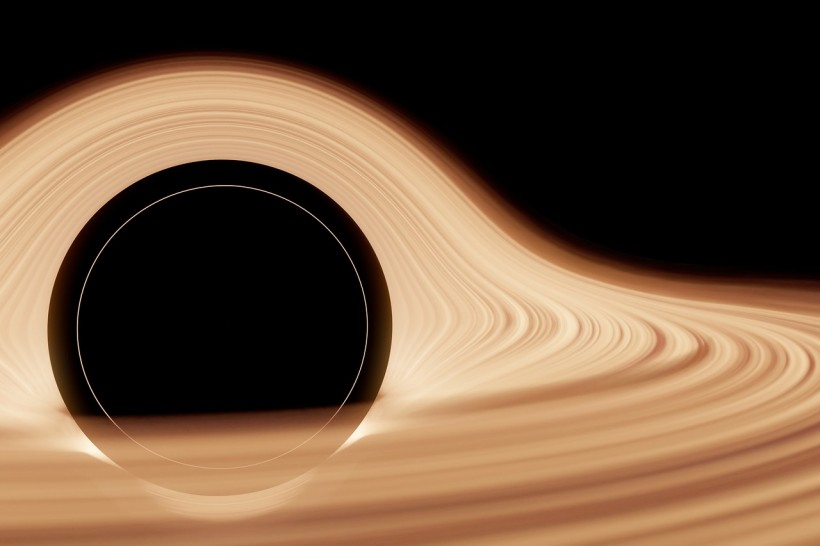Stephen Hawking's famous black hole paradox, also known as the "information paradox," may finally have a solution. Hawking's paradox was the result of a conflict between two fundamental principles of physics: the conservation of information and the existence of black holes, which are regions of space where the gravitational pull is so strong that nothing can escape, not even light.
The paradox arose from Hawking's discovery that black holes emit radiation, which is known as Hawking radiation. Researchers of a new study cited in Live Science suggest that the information might be lurking in the radiation around the black holes, also known as the quantum hair, and could be retrieved to retell the origins of those black holes.

New Solution to Stephen Hawking's Famous Paradox Suggests Black Holes May Carry Information
Final Nail in the Coffin
Black holes are known to form after an enormous star runs out of fuel and collapses in on itself. In classical physics, they are very simple objects characterized by their mass, angular momentum, and electric charge.
Although black holes do not carry memory about their origin, quantum physics says that information cannot be simply erased from the universe. In 1976, Hawking introduced his information paradox that suggests that black holes emit thermal radiation, which was later called Hawking radiation, which causes the black holes to completely evaporate and leave a vacuum.
That is when information is irretrievably lost. However, in quantum physics, this is impossible as it suggests that the information could be rewound starting from the radiation to rebuild the original black hole and eventually the star.
The new study, titled "Quantum gravitational corrections to particle creation by black holes" published in the journal Physics Letters B, could finally resolve this paradox that Hawking was working on during his last years.
Xavier Calmet, a professor of physics at the University of Sussex and the lead study author, told Live Science via email that the research could be the final nail in the coffin for the paradox because now they understand the physical phenomenon by which information escapes a decaying black hole.
Calmet suggests a modification to Hawking radiation that will make it non-thermal, which allows it to carry information during the final fate of the black hole.
If this solution is correct, it would resolve one of the most long-standing problems in physics and provide a deeper understanding of the nature of black holes and the universe as a whole.
Discovering Quantum Hair
According to Phys.org, the newly discovered "quantum hair" allows information to be stored while a black hole falls, resolving one of contemporary science's most renowned quandaries.
Calmet said that it was assumed in the scientific community that resolving the paradox would need a big paradigm shift in physics that could reformulate either quantum physics or the theory of general relativity, but that is not the case.
Roberto Casadio, professor of Theoretical Physics at the University of Bologna, explained the discovery of quantum hair as explained by quantum theory. He said that an important part of black holes is formed by the collapse of compact objects and that there is no absolute separation between the interior and exterior of the black hole.
But the classical theory suggests that the horizon acts as a one-way membrane that does not let anything out and the exterior is the same for all black holes. However, quantum theory suggests that the state of matter that collapses and forms the black hole continues to affect the exterior, an explanation that is compatible with present experiments and supports the idea of quantum idea.
RELATED ARTICLE: Black Hole Can Destroy Nearby Quantum States, Physicists Suggest
Check out more news and information on Quantum Physics in Science Times.














